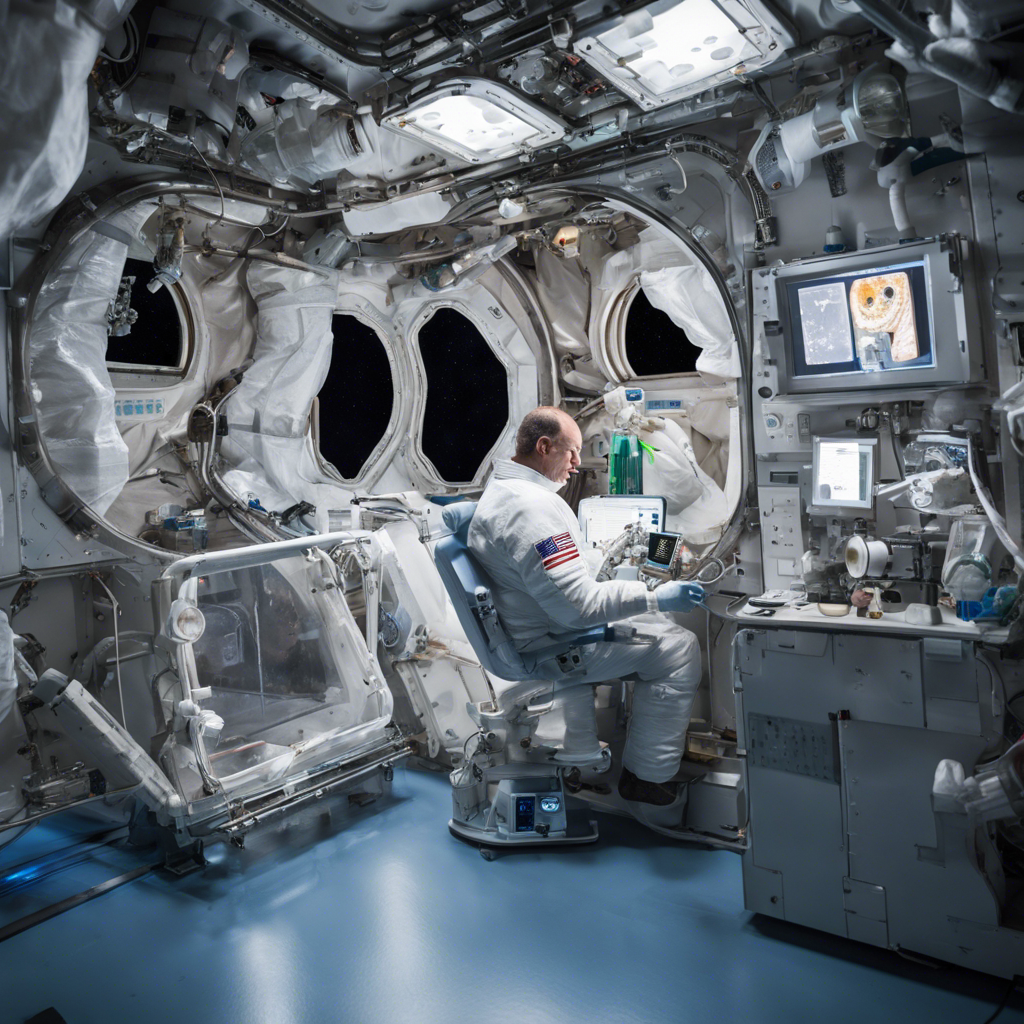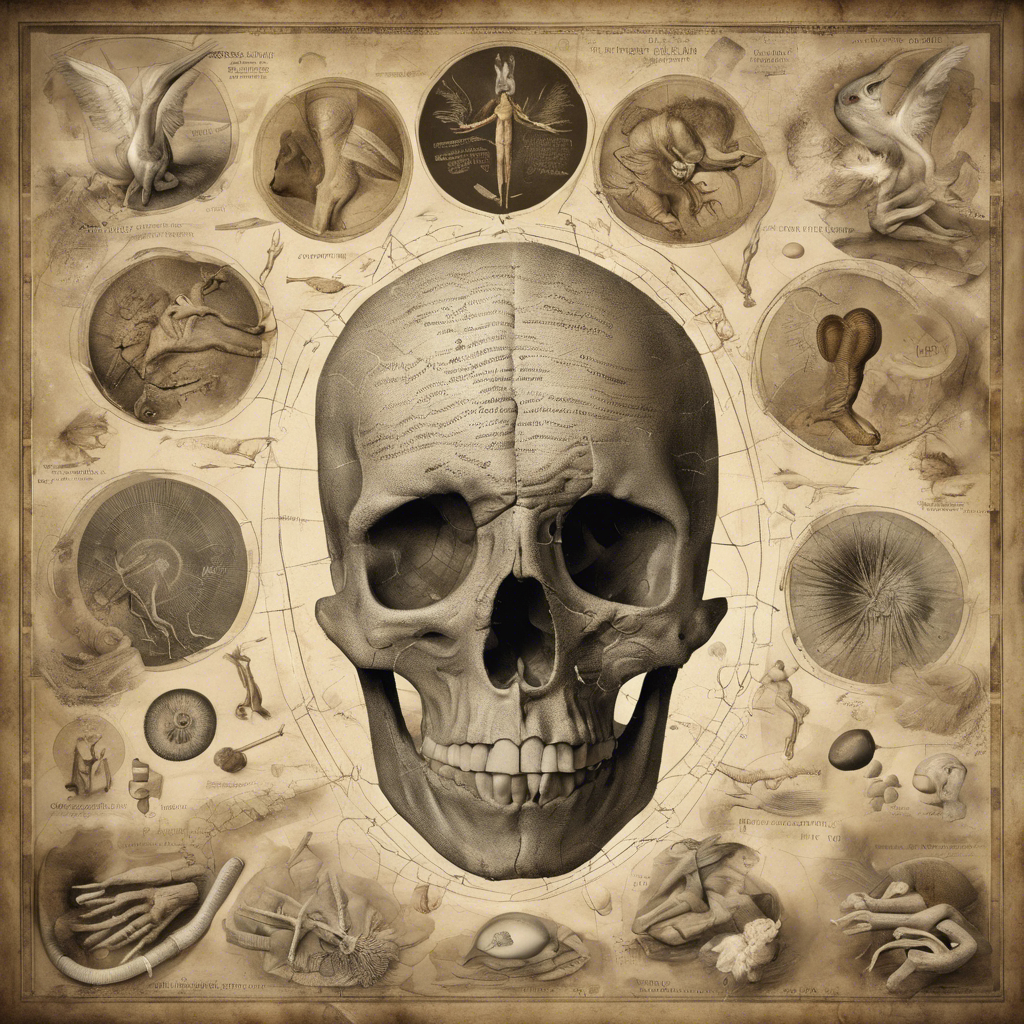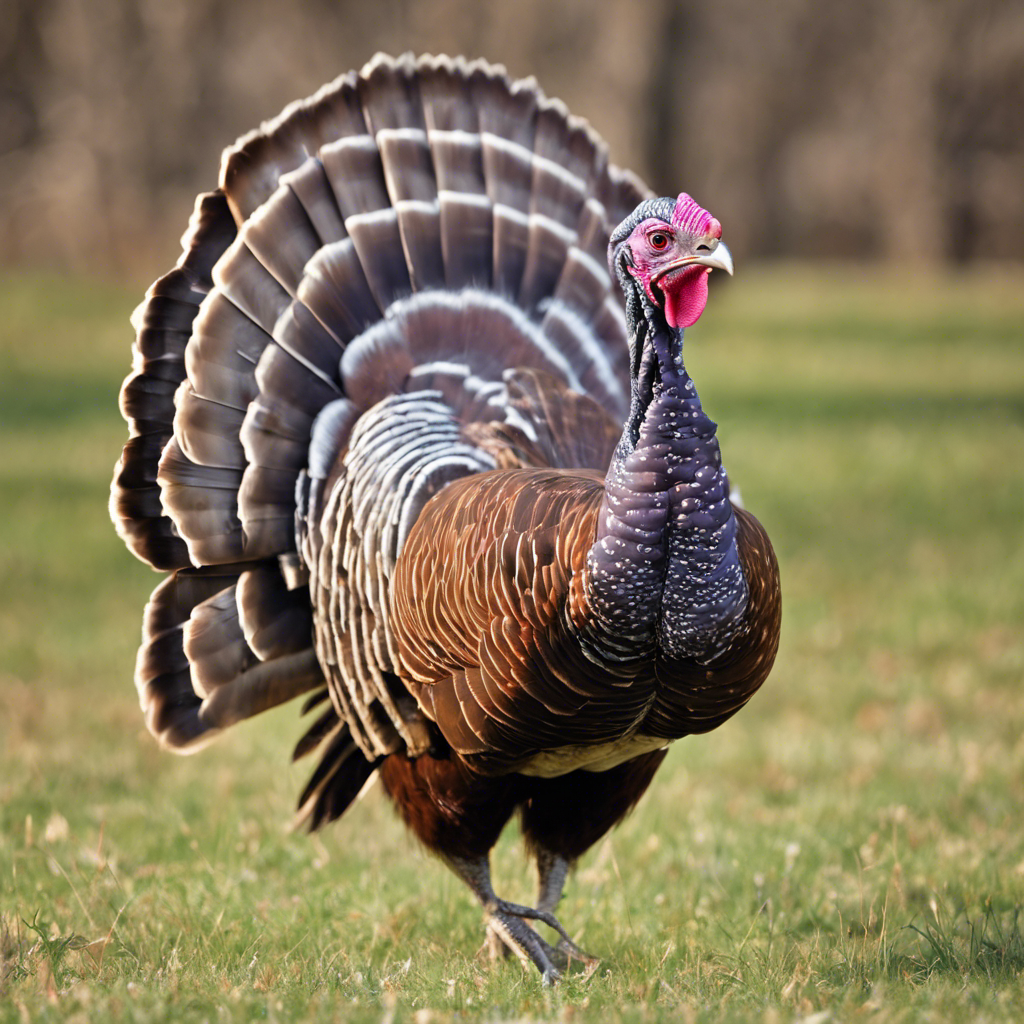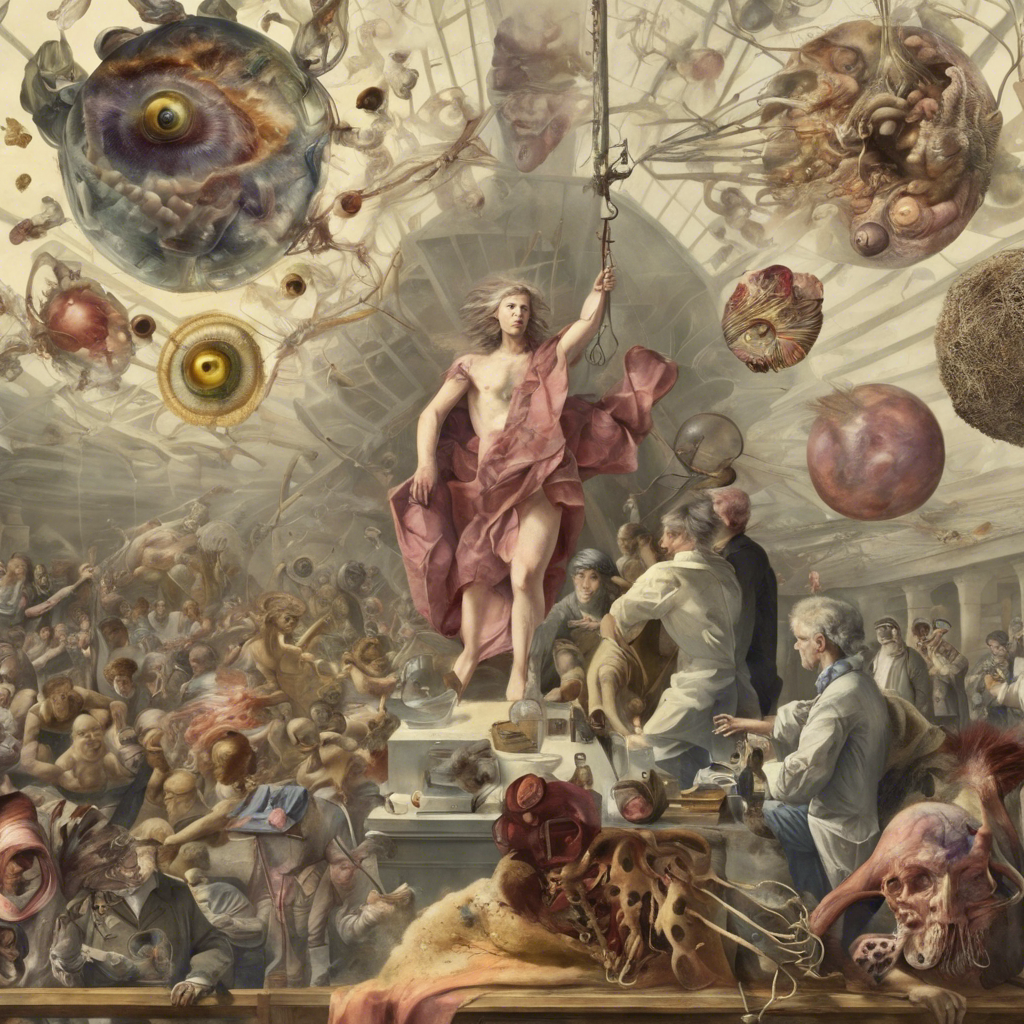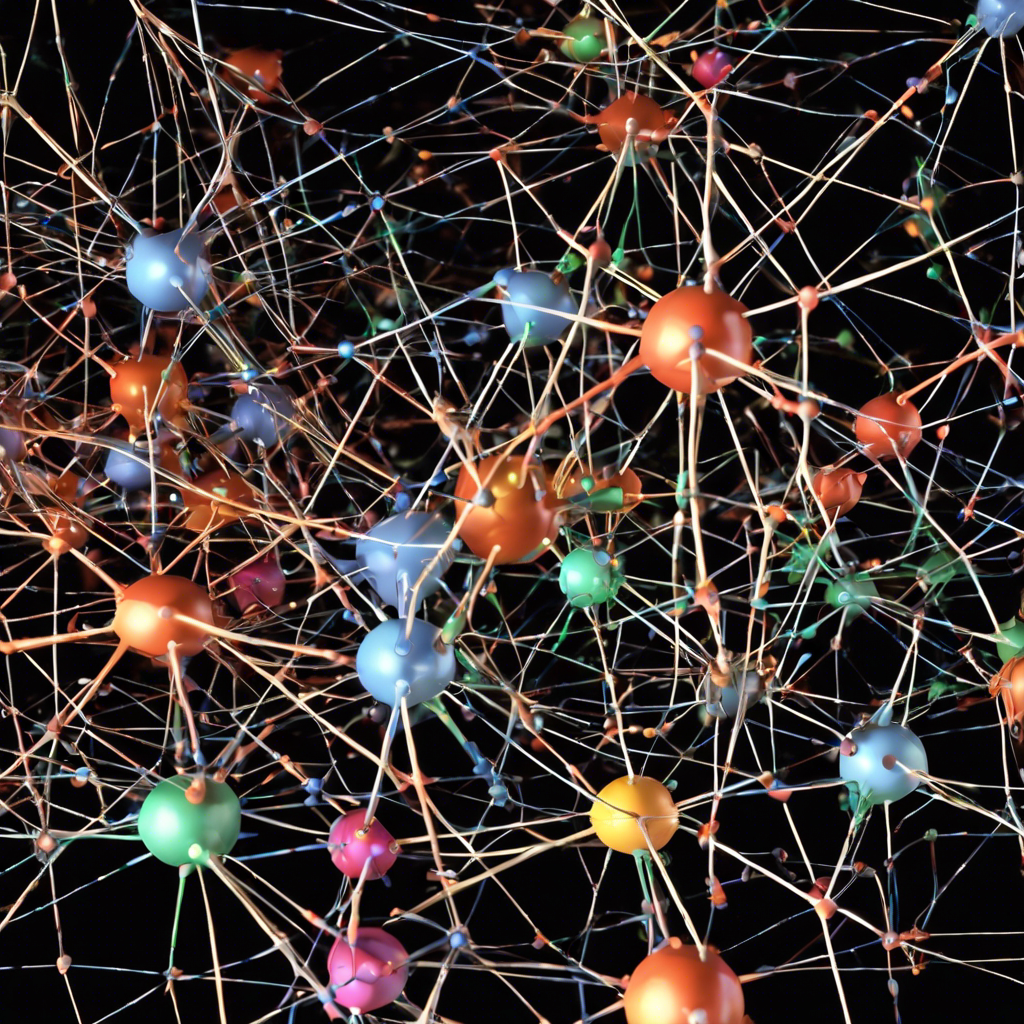Astronauts focus on growing plants, conducting human research, and exploring bioprinting capabilities in space
On Thursday, the International Space Station (ISS) witnessed a flurry of scientific activities, with a particular emphasis on space botany, human research, and bioprinting. As astronauts prepare for longer missions in deep space, the need for sustainable food production, understanding the effects of weightlessness on the human body, and exploring the potential of manufacturing human organs in space has become paramount. This article delves into the latest developments in these fields, shedding light on the crucial research being conducted aboard the ISS.
Growing Plants in Space: A Step Towards Self-Sustainability
With the prospect of longer missions away from Earth, astronauts must become self-sustainable, relying less on cargo missions from our planet. Space agriculture offers a potential solution, not only by providing food for crews but also by improving the breathing environment within spacecraft and space habitats. NASA astronauts Loral O’Hara and Andreas Mogensen from the European Space Agency (ESA) took on the task of servicing the Advanced Plant Habitat, a research device that has successfully grown a variety of vegetables in the Kibo laboratory module. By replacing environmental control components, the astronauts contribute to the ongoing efforts to develop sustainable agriculture in space.
Understanding the Effects of Weightlessness on Vision
One of the significant challenges faced by astronauts in space is the potential impact of weightlessness on their vision. To gain insights into this phenomenon, O’Hara and Moghbeli participated in the CIPHER suite of human research experiments. O’Hara used specialized sensors to measure the electrical response of JAXA astronaut Satoshi Furukawa’s retinas to light. In a separate experiment, O’Hara employed standard medical imaging hardware to examine the optic nerves and retinas of NASA Flight Engineer Jasmin Moghbeli. By studying these visual changes, researchers aim to mitigate the risks associated with long-duration space missions.
Bioprinting: Manufacturing Human Organs in Space
The potential to manufacture human organs in space using existing patient cells is a groundbreaking avenue of research. ESA station commander Andreas Mogensen, with assistance from Moghbeli, utilized the BioFabrication Facility (BFF) in the Columbus laboratory module to print cardiac tissue samples. This innovative technology paves the way for future advancements in organ transplantation and regenerative medicine. By leveraging the unique microgravity environment of space, scientists are exploring the possibilities of creating functional human organs that could revolutionize medical practices on Earth.
Further Research and Exploration
In addition to the focus on space botany and human research, the Expedition 70 crew engaged in various other scientific activities. Roscosmos cosmonauts Oleg Kononenko and Konstantin Borisov conducted a biology investigation, incubating eggs and documenting their progress. Kononenko also dedicated his time to improving communication between international crews and mission controllers, recognizing the importance of seamless collaboration in space exploration. Borisov, on the other hand, delved into the realm of futuristic spacecraft and robotic piloting techniques, wearing a cap packed with sensors for his research. Meanwhile, Flight Engineer Nikolai Chub continued his work on unpacking the Progress 86 cargo craft and testing power supply components inside the Zarya module.
Conclusion:
The International Space Station remains at the forefront of scientific exploration, with astronauts tirelessly pushing the boundaries of knowledge in various fields. From space botany to human research and bioprinting, the research conducted aboard the ISS holds immense potential for future space missions and advancements on Earth. As astronauts prepare for longer journeys into deep space, these studies provide crucial insights into sustaining life, understanding the effects of weightlessness on the human body, and exploring the possibilities of manufacturing human organs in space. The Expedition 70 crew’s dedication to these scientific endeavors marks another milestone in humanity’s quest for knowledge beyond the confines of our home planet.







